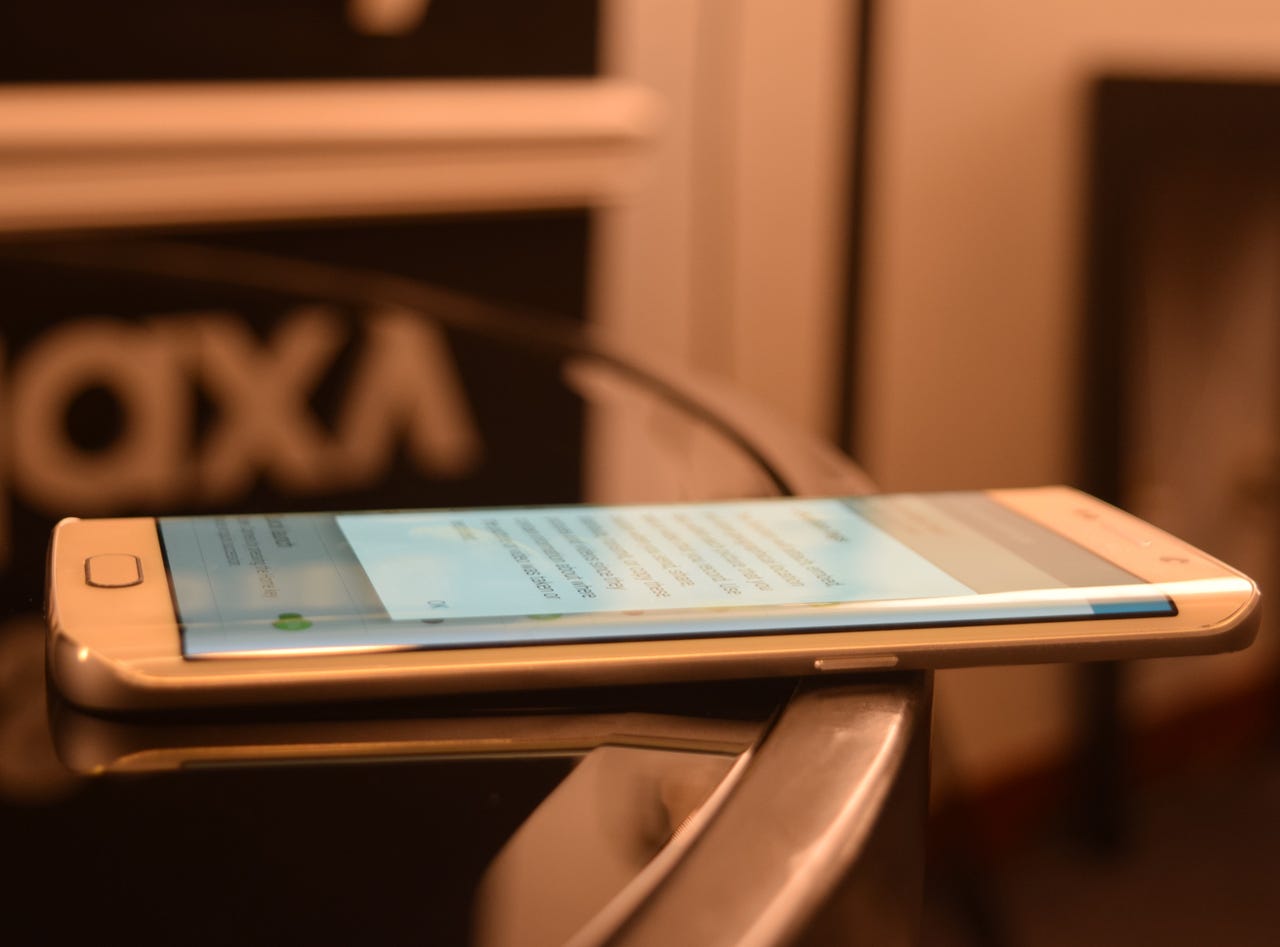Samsung's Galaxy S6: How it was designed


The launch of Samsung's Galaxy S6 serves as a coming out party for the company's new design language, which revolves around a simplified approach for both hardware and software.
Samsung's Galaxy S6 is billed as a "completely redesigned smartphone" where the goal is hitting a mark where "beauty meets purpose." To hear Hong Yeo, a senior designer at Samsung, tell it, Project Zero---the project to reboot the Galaxy S product line---was about simplification with a hint of design thinking.
Samsung Galaxy S6 First Look: The productivity edition | CNET's take on Samsung Galaxy S6 | HTC One M9 hands-on: Improved craftsmanship, camera, and HTC Sense are compelling
What remains to be seen is whether the Galaxy S6 and its edge sibling puts Samsung on a new design plateau that can better counter Apple's iPhone franchise. Samsung's flagship phone will land early in the second quarter on all the major carriers in the U.S.
Yeo noted that Samsung listened to customers and used data to make decisions such as starting with a 32GB base model and eliminating support for SD cards. Why? Customers were using about 20GB or so on their devices and SD cards would slow down performance.
Samsung added a different color scheme and eight flavors for its Galaxy S6 and S6 edge. Yeo said Samsung's Galaxy S6 aims to be a "warm device with a lot of character and depth to it." The S6 also hopes to take an "emotional form" that creates the new face of Samsung design by capturing light with new materials and Gorilla Glass 4 on the front and back.
Samsung's Galaxy S6: A tour of the device, simplified software
With its design choices, Samsung is looking to break away from an industrial approach---even though the company's supply chain and vertical integration screams efficiency.
More notable with the Galaxy S6 is what Samsung chose to do on the design front. The company, notorious for putting its own user interface and design cues over Android, chose to adopt much of Google's material design approach. At first glance, the Galaxy S6's interface doesn't look much different than the more pure Android approach on Google's Nexus 6.
To be sure, Samsung got the message that its user interface approach had become too complicated. Yeo noted that 40 percent of software features had been simplified. The Galaxy S6 uses its multitasking and user experience to enable more tasks to be completed with one hand. Yeo said the simplified experience is "accentuating core essentials" and "improving menu flow."
Some of those essentials will still be a bit quirky. For instance, the Galaxy S6 features Microsoft apps such as OneDrive, which will enable cloud storage options, OneNote and Skype. In a Google bucket, the S6 has Gmail and Drive among other search giant apps.
Mobile world congress 2016
Apparently productivity apps---Google Docs and Microsoft Office components---will be left to the user to pick via Google Play. You could almost feel Samsung juggling two key partners for diversity's sake.
Overall though, the Galaxy S6 marks a new turn for Samsung. Simply put, the simplicity is welcome---even though carriers will add their own bloatware to the Galaxy S6.
The company has historically thrown a bit of everything at its user experience with various apps, menus and settings that were complicated. With the Galaxy S6, Samsung has apparently found an editor and ditched those unnecessary swipes and clicks even as it improved a few basics---cameras, speaker placements and software. The new design approach is welcome, but it remains to be seen how Samsung's trade-offs play in the market.